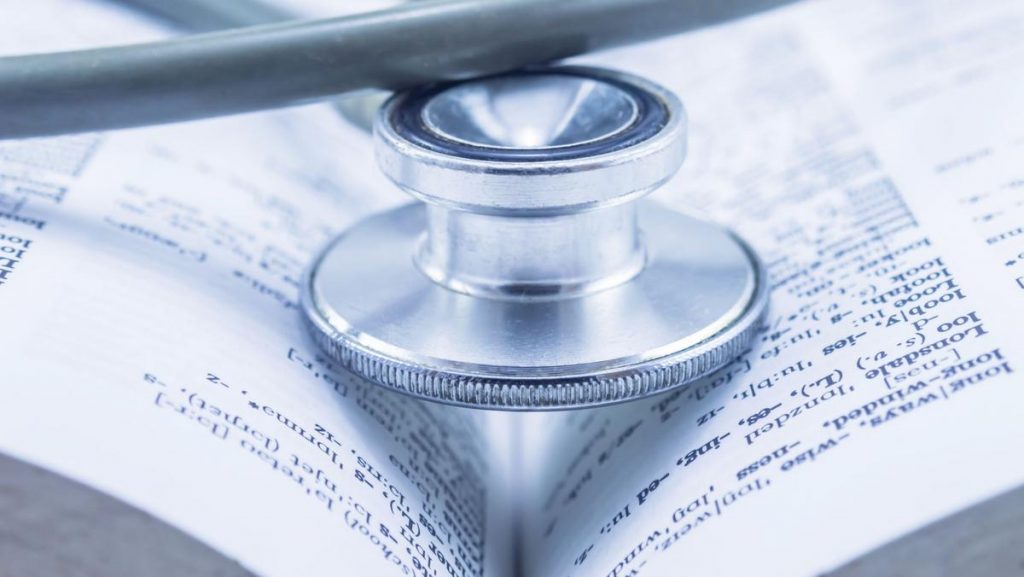Guru Prasad Mohanta
The draft education policy released recently points out that although the society’s expectations from physicians are extremely high, far above those from any other profession, the numbers and quality of doctors being produced has been deteriorating. Doctors are core to any healthcare delivery system, and medical education is, therefore, at the core of access to quality healthcare.
Medical education in the country is currently governed by the Indian Medical Council Act, 1956. Though this seven-decade-old regulation is successful in managing medical education, it is not free of criticism from different quarters. The Parliamentary Standing Committee on Health and Family Welfare in its 92nd report recommended restructuring of medical education and its regulation on the basis of suggestions given by the Ranjit Roy Chaudhury Committee. The government’s attempt to reform the system failed as the National Medical Commission Bill 2017 introduced in Parliament lapsed.
Under the Draft New Education Policy 2019, the government proposes an overhaul in medical education and its regulation. The most significant changes proposed are: lateral entry, introduction of exit examination and separating education from profession. The curriculum will have the first one or two years of MBBS as common for all science graduates, after which they can take up MBBS, BDS, nursing or other specialisations.
Medical education in the country is currently governed by the Indian Medical Council Act, 1956. Though this seven-decade-old regulation is successful in managing medical education, it is not free of criticism from different quarters
The common foundation course will offer opportunities for lateral entry of dentistry, nursing and other graduates into MBBS. Currently there is no provision for other professional degree holders to gain lateral entry into MBBS. At present, lateral entry is available for diploma holders to enter degree programmes in engineering under AICTE regulation. The Pharmacy council of India, too, has the provision for holders of diplomas in pharmacy to directly enter second year of four-year Bachelor of Pharmacy Programme.
As lateral entry is usually an addition to sanctioned strength, the provision would help increase the number of doctors qualifying. The average population served per government doctor is 11,039 against the World Health Organisation’s standard of 1 per 1,000. The conversion of district hospitals to medical colleges would increase the number of doctors to achieve WHO standard in the near future.
A common exit examination system is proposed for MBBS. This was a provision in the lapsed National Medical Commission Bill 2017. The exit examination would have a dual role: as a licentiate examination and as an entrance examination for postgraduate admission. The exit examination is planned at the end of fourth year so that graduates need not spend time preparing for entrance to higher studies in the fifth year or after graduation. This would provide more time to students to spend on residency or practice. Similar exit examinations are planned for dentistry.
Higher education systems, including medical education, propose to separate functions of standard setting, funding, accreditation and regulation. The National Higher Education Regulatory Authority will regulate all higher education. The current regulatory body, Medical Council of India, may be entrusted with the responsibility of developing standards for the profession.
The transformation must aim to improve quality of healthcare delivery. The draft policy, if adopted and implemented, envisions “state of the art, quality and affordable healthcare for all”. Health falls primarily under the state government’s domain and education is in the concurrent list. Radical transformation as envisioned in the Draft Education Policy requires approval from state governments. Now, it is time to see how state governments react to the provision of medical education in the draft policy and the Centre’s approach towards taking them on board when the discussion takes place at the meeting of state education ministers June 22, 2019.
The writer is a professor of pharmacy, Annamalai University, Tamil Nadu.
